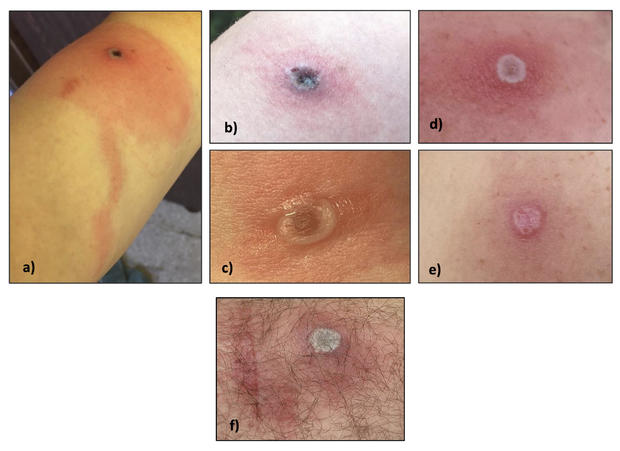The first death from Alaskapox Virus has understandly raised concerns about the virus. According to a bulletin released by Alaska public health officials on 16 Feb., the man, a resident of the remote Kenai Peninsula, had a weakened immune system due to cancer treatments. He was hospitalized in November and died in late January. Though it’s unclear how the man contracted the virus, according to officials, it could be linked to a stray cat that lived with him.
So, what is Alaskapox (AKPV)? Is it contagious and what are its symptoms? Let’s find out:
What is Alaskapox Virus (AKPV)?
Alaskapox, or AKPV, belongs to the orthopoxvirus group, which infects mammals and causes skin lesions, as stated by the Alaska Department of Health. The virus was first identified in 2015, and it’s related to smallpox, cowpox, and monkeypox.
Is Alaskapox Common?
There have been seven reported cases of Alaskapox Virus so far. Six of them are the residents of the Fairbanks North Star Borough, and one person was living in the Kenai Peninsula Borough.
Animal trapping studies have verified the virus’s presence in small mammals in FNSB. Alaskapox is likely more widespread among Alaska’s small mammal populations than initially thought. This could explain undetected human infections in the past.
To gain a clearer picture of Alaskapox’s spread in the animal kingdom, Alaska has ramped up efforts in animal testing. This initiative aims to map the virus’s distribution across various animal populations throughout the state.
What are symptoms of Alaskapox Virus?
There are various symptoms of Alaskapox. Some of them include:
- Skin lesions
- Rash
- Swollen lymph nodes
- Muscle or joint pain, often mistaken for insect bites initially.

Who is at risk of Alaskapox Virus?
While most cases are mild and self-resolve, immunocompromised individuals may face a higher risk of severe illness.
How is Alaskapox Virus trasmitted?
While human-to-human transmission of AKPV has not yet been observed, some orthopoxviruses can spread by direct contact with lesions (particularly broken skin contact with lesion secretions).
The spread of Alaskapox is thought to be zoonotic, possibly originating from close contact with wildlife, particularly small rodents. Domestic cats that hunt these rodents can inadvertently transmit the virus to humans through scratches or bites.
What are the recommended measures for suspected Alaskapox patient?
The Alaska Department of Epidemiology advises outpatients with suspected Alaskapox to take the following precautions:
- Avoid touching lesions
- Keep lesions dry and covered
- Practice good hand hygiene
- Avoid sharing cloth that might have been in contact with lesions
- Launder clothing and linens separately from other household items
Current situation and future research
The recent death highlights the need for continued vigilance and research to understand the virus’s behavior in both animals and humans. While the overall risk for most individuals remains low, staying informed and practicing good hygiene are crucial.
Remember: Early intervention can significantly improve outcomes, particularly for vulnerable individuals. Consult a healthcare professional if you experience any concerns.
